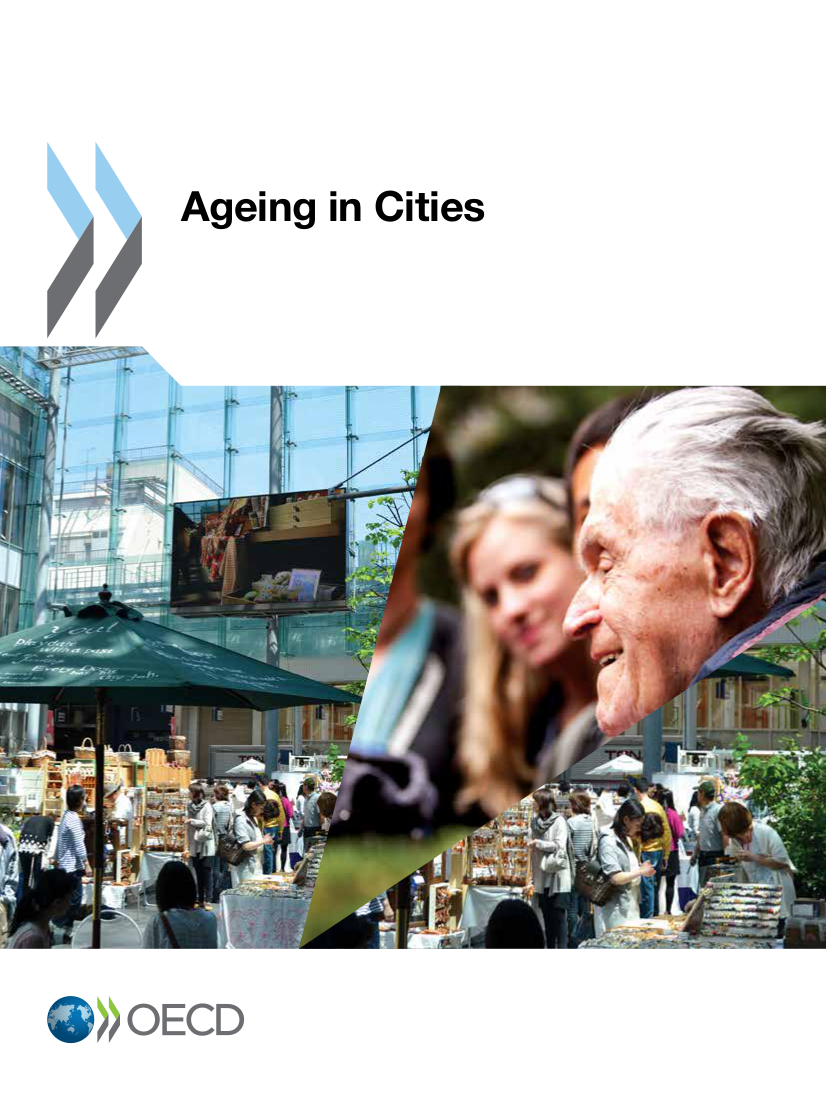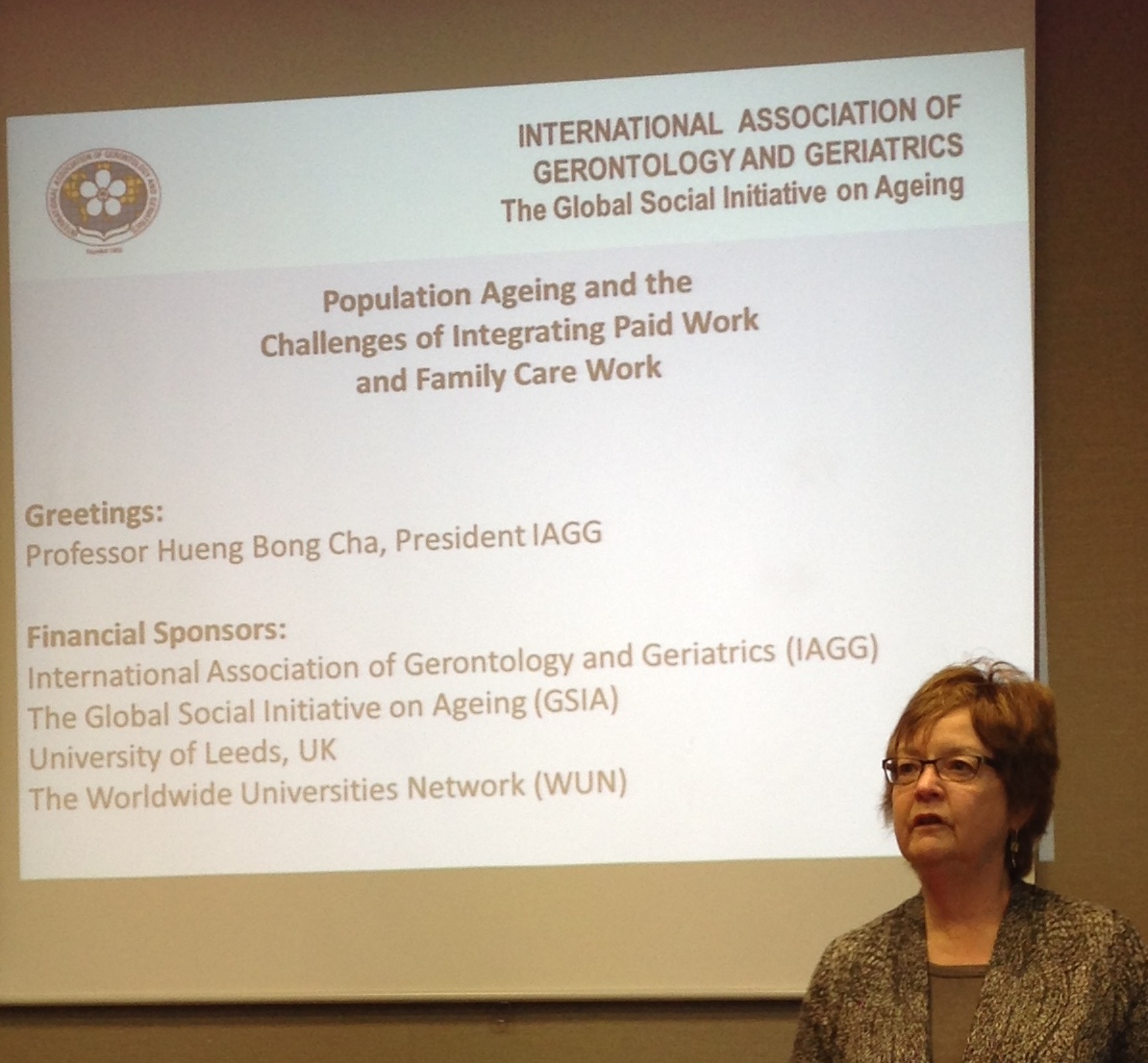Active Ageing
Ageing in Cities

OECD new report explores the roles of cities on ageing societies by answering an important question: “How are urban populations ageing?”
One of the main findings on this report is the fact that within OECD metropolitan areas, the older population is growing faster than the total population.
The report also shows that ageing trends are different between OECD metropolitan areas (functional urban areas) and non-metropolitan areas. While metropolitan areas are marginally younger than non-metropolitan areas, the number of older people is increasing faster: 23.8 % vs. 18.2 % during 2001-2011.
Critical Turns of Time, Age and Ageing

If I had had only the opportunity to attend the opening keynote presentations at the eighth IAGG-ER Congress, the visit to Dublin would already have been worth it.
Prof. Jan Baars, Desmond O’Neill and Rose Anne Kenny gave brilliant and inspiring lectures. You can listen to the first presentation at the end of this post (click continue reading).
Care-friendly cities?

For some of us the IAGG-ER congress in Dublin started a bit earlier with a very interesting master class on Population Ageing and the Challenges of Integrating Paid Work and Family Care Work.
The master class is organised by The IAGG Global Social Initiative on Ageing (GSIA).Read More »Care-friendly cities?
Unlocking the Demographic Dividend
Age-Smart Oslo will attend the International Association of Gerontology and Geriatrics European Congress in Dublin, Ireland. The programme is available here. You can also read the abstracts here. The official website is: http://www.iaggdublin2015.org/index.html
Older women’s day
The celebration of International Women’s Day is an important occasion to remember that older persons are not a homogeneous group. The recognition of older persons’ diversity – for example, gender differences – is an important step towards the development of better and more adequate policies. Violence is one of the main problems affecting older women… Read More »Older women’s day
How old is old in Oslo?
According to the Statistisk sentralbyrå, individuals above sixty-five years already represent 12.3 per cent of the population in the capital of Norway. In absolute terms, older persons in Oslo account for some 44 000 women and 33 000 men, representing 57 per cent and 43 per cent of the older persons group, respectively. By 2025,… Read More »How old is old in Oslo?
- « Previous
- 1
- 2
- 3